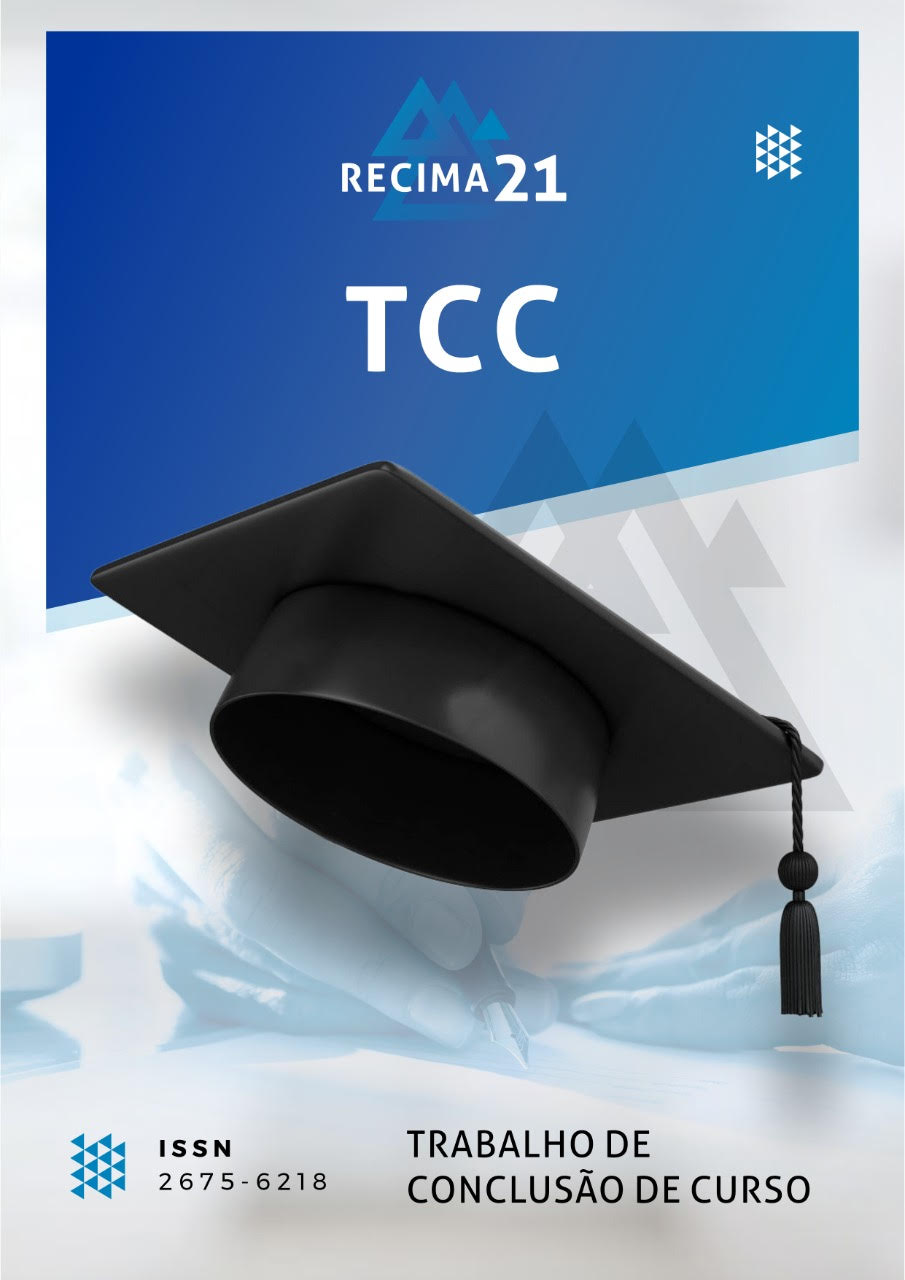IDENTIFICAÇÃO DE FALHA E IMPLEMENTAÇÃO DE MELHORIA NA MALHA DE VAZÃO DE DIÓXIDO DE CLORO PARA A PRODUÇÃO DE CELULOSE
DOI:
https://doi.org/10.47820/recima21.v1i1.918Palavras-chave:
Palavras-chave: Branqueamento. Celulose. Dióxido de cloro. Malha de controle. Medidor vazãoResumo
Este trabalho tem por finalidade apresentar resultados de um projeto de melhoria desenvolvido em uma indústria do segmento de papel e celulose da região de Ribeirão Preto, a fim de solucionar problemas na última fase do processo de fabricação chamada de branqueamento. O objeto de estudo tem como foco a malha de controle de vazão de dióxido de cloro, utilizada para a produção de celulose, na qual foi constatado desempenho não esperado de vazão da substância. O dióxido de cloro é utilizado no processo de branqueamento da celulose e deve ser dosado de maneira precisa, para uma boa qualidade do produto final. Para atingir o objetivo explanado, inicialmente foram abordados conceitos teóricos do processo, em seguida uma análise dos instrumentos como medidor de vazão magnético e válvula de controle, programas de computadores utilizados para avaliação e estudo das malhas críticas. Para a análise do problema foi utilizada a metodologia DMAIC, durante o estudo e práticas em campo foi constatado que todos os instrumentos da malha encontravam-se em regular funcionamento, porém havia uma variação no controle de vazão do dióxido de cloro, afetando o produto final, a celulose. Após o estudo foi concluído que a curva da tubulação estava influenciando na indicação do medidor de vazão, gerando bolhas no fluxo do composto químico e interferindo no principio de medição. Realizada mudança da curva da tubulação, houve melhora na passagem da substância, e a malha de controle de vazão de dióxido de cloro operou em níveis de qualidade aceitáveis pela empresa.
Downloads
Referências
AQUARIUS SOFTWARE https://www.aquarius.com.br/blog/artigos/gestao-de-malhas-de- controle-mais-intuitiva-e-poderosa/ > acesso em 05 set. de 2021
BAYER, F. M.; ARAÚJO, O. C. B. Controle Automático de Processos. 3 ed. Santa Maria- RS: Colégio Técnico Industrial de Santa Maria para o Sistema Escola Técnica Aberta do Brasil – e-Tec Brasil., 2011. 92 p. Disponível em: http://estudio01.proj.ufsm.br/cadernos_automacao/quinta_etapa/controle_automatico_process os_2012. Acesso em: 5 set. 2021
BOJORGE, N. Válvulas de controle: Sistema de controle e instrumentação. Departamento de engenharia Química e de petróleo- UFF, 2017. Disponível em: https://www.professores.uff.br/ninoska/wp- content/uploads/sites/57/2017/08/Aula01_Instrumen_Introd_2sem2014.pdf. Acesso em: 9 out. 2021.
BRUNETTI, F. Mecânica dos Fluidos, 2 ed. revisada, São Paulo, Prentice Hall, 2008
CAMPOS, E. S.; FOELKEL, C. A evolução tecnológica do setor de celulose e papel no Brasil. São Paulo: Associação Brasileira Técnica de Celulose e Papel, 2017.
CONTROL Station‘s State-Based Analytics Enhances Value and Reach of Leading CLPM Solution. Automation.com, 27 ago. 2021. Disponível em: https://www.automation.com/en- us/products/august-2021/control-station-state-based-analytics-clpm. Acesso em: 4 set. 2021.
CORDEIRO, M. Fundamentos Básicos Sobre Válvula de Controle. Automação Instrumentação Industrial, Atualizado: 21 de Abril de 2020. Disponível em: < https://mauriciosscordeiro.wixsite.com/instrumentacao/post/princ%C3%ADpios- b%C3%A1sicos-de-v%C3%A1lvulas>. Acesso em 04 de set. de 2021.
ENGINSTREL ENGEMATIC. Conversor para medidor eletromagnético de vazão. Manual do Usuário 583 TM. Disponível em: < https://www.engematic.com.br/admin/public/img/583tm-manual-do-usuario-6.pdf >. Acessado em 04 de set. de 2021.
FEY, A. Papel e Celulose : O processo de produção de celulose. Bioblog, 16 set. 2016. Disponível em: <http://www.bioblog.com.br/o-processo-de-producao-de-celulose/ >.Acesso em 04 de set. de 2021.
GARCIA, G. Controle de processos Industriais-volume 1: estratégias convencionais, São Paulo, Editora Edgard Blucher, 2017.
HARRIS, T. J. Assessment of Control Loop Performance. The Canadian Journal of Chemical Engineering, v. Volume 67, 1989.
MAGALHÃES, L. Celulose. Toda matéria, atualizado em 6 de junho de 2020. Disponível em: <https://www.todamateria.com.br/celulose/>. Acesso em 03 de set. de 2021.
SENAI. Elementos finais de controle. Senai, 1999. Disponível em :
<https://www.slideshare.net/akerman22/instrumentao-elementos-finais-de-controle-senai-cst
>. Acesso em 04 de set. de 2021
WEKERMA, C., Métodos PDCA e DMAIC e suas ferramentas analíticas. São Paulo: Atlas, 2020
Downloads
Publicado
Edição
Seção
Categorias
Licença
Copyright (c) 2020 RECIMA21 - Revista Científica Multidisciplinar - ISSN 2675-6218

Este trabalho está licenciado sob uma licença Creative Commons Attribution 4.0 International License.
Os direitos autorais dos artigos/resenhas/TCCs publicados pertecem à revista RECIMA21, e seguem o padrão Creative Commons (CC BY 4.0), permitindo a cópia ou reprodução, desde que cite a fonte e respeite os direitos dos autores e contenham menção aos mesmos nos créditos. Toda e qualquer obra publicada na revista, seu conteúdo é de responsabilidade dos autores, cabendo a RECIMA21 apenas ser o veículo de divulgação, seguindo os padrões nacionais e internacionais de publicação.













